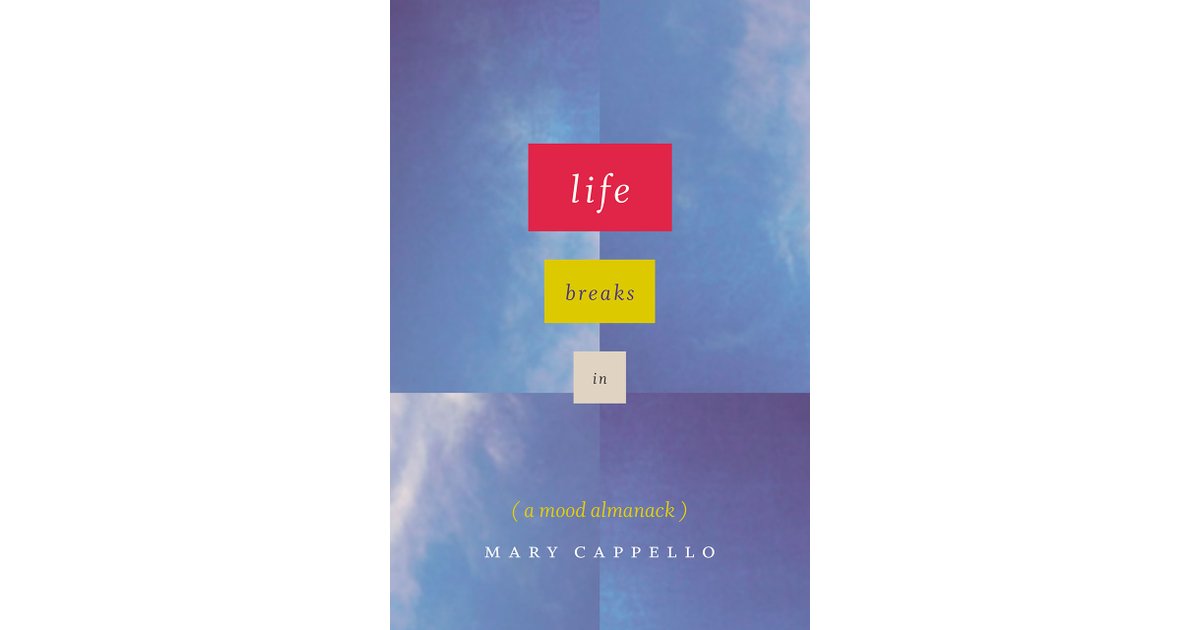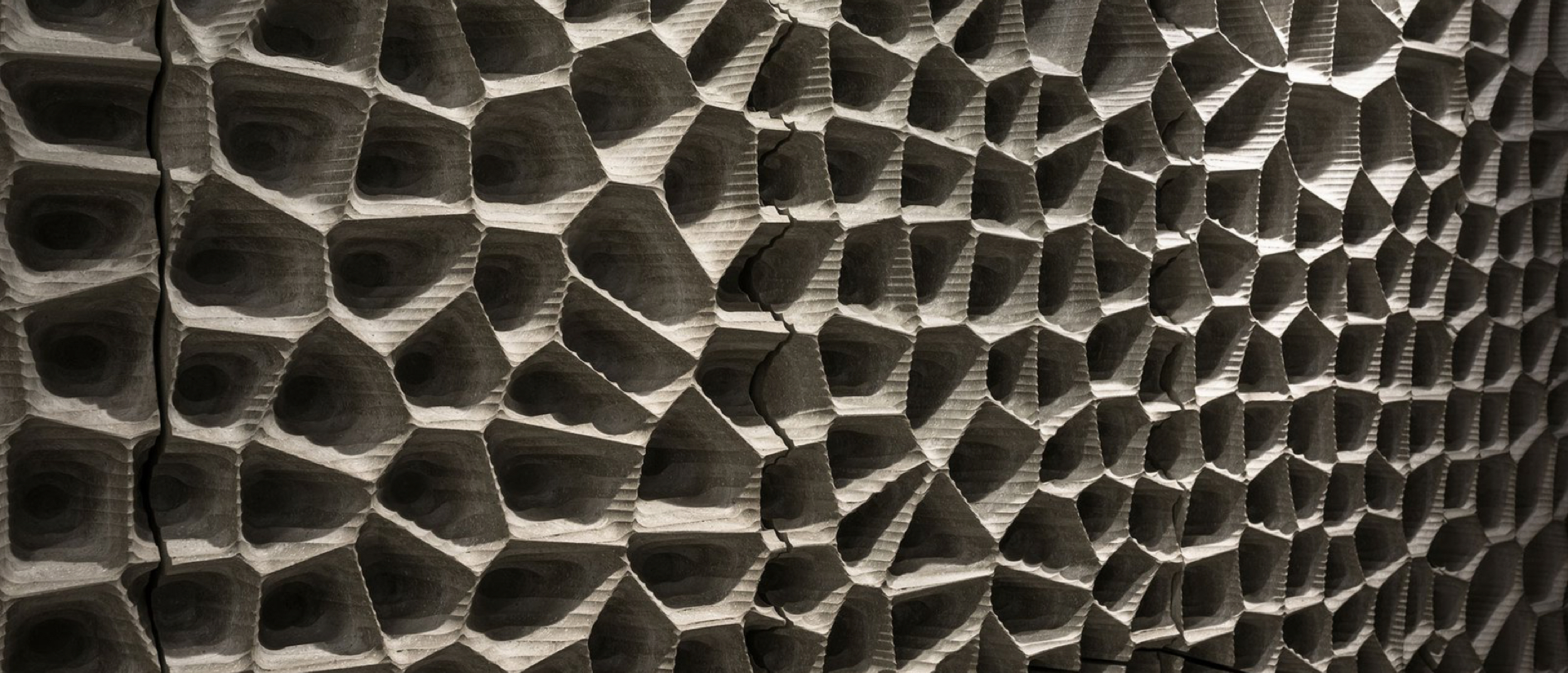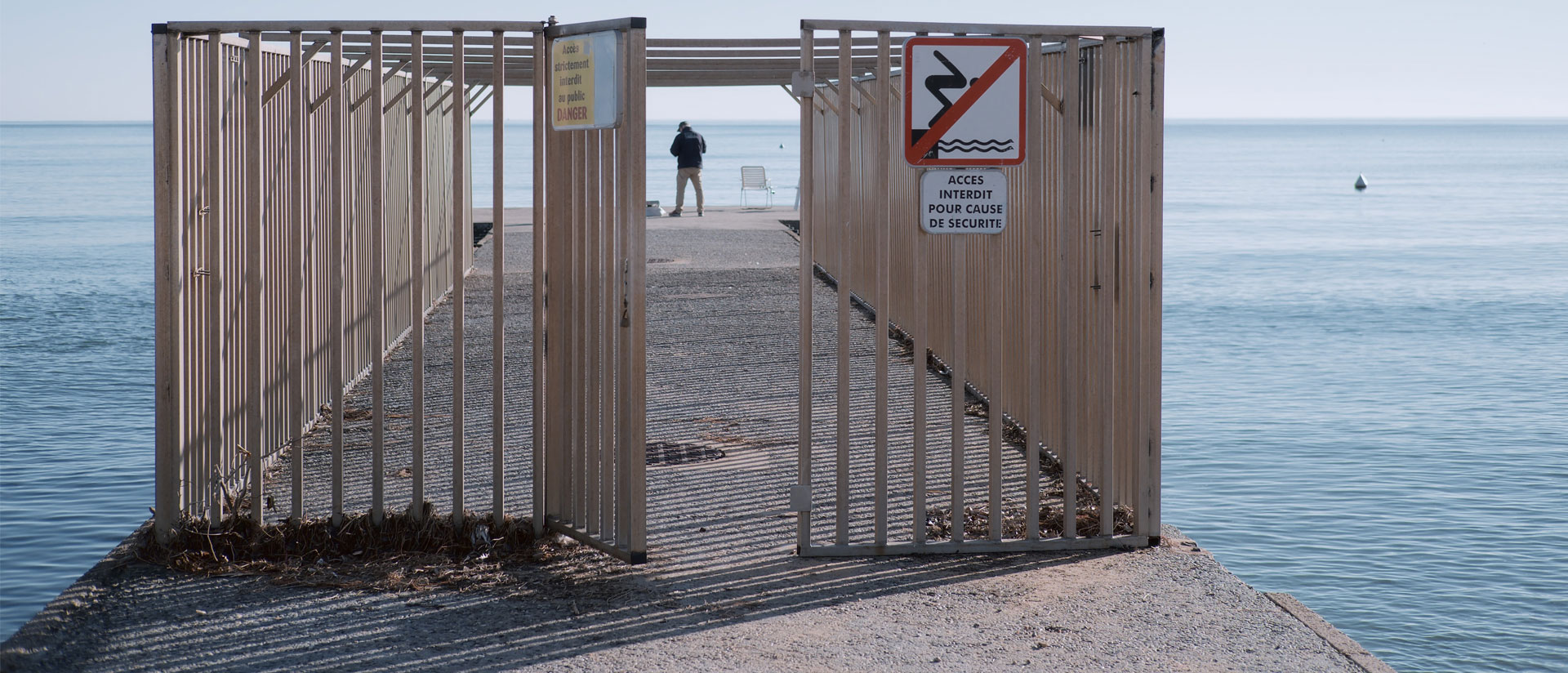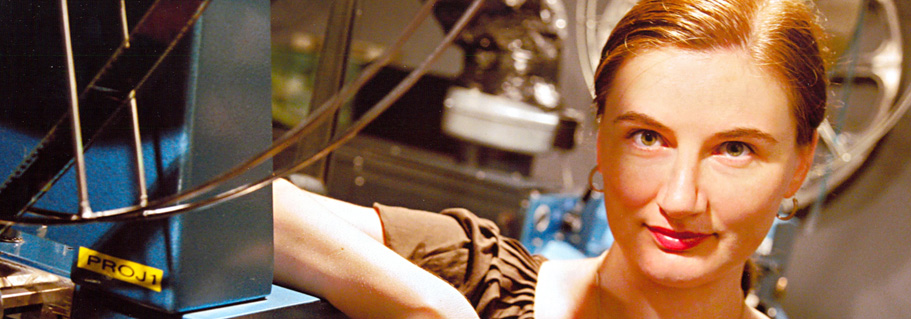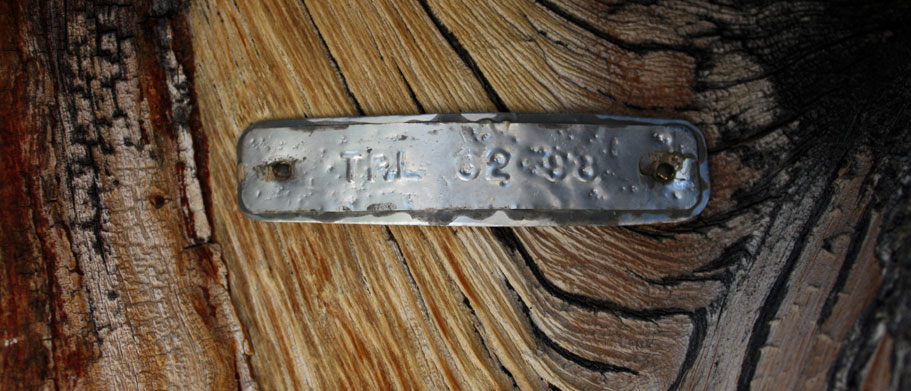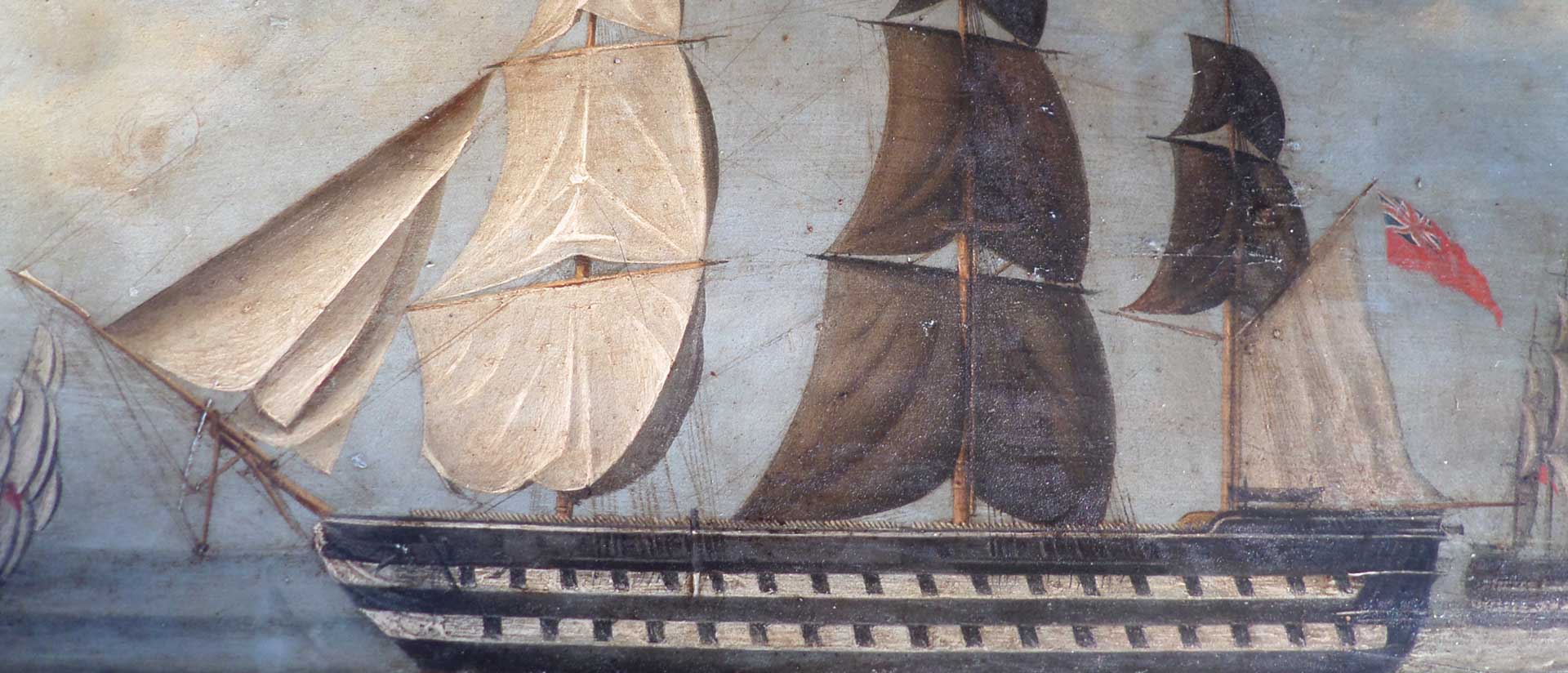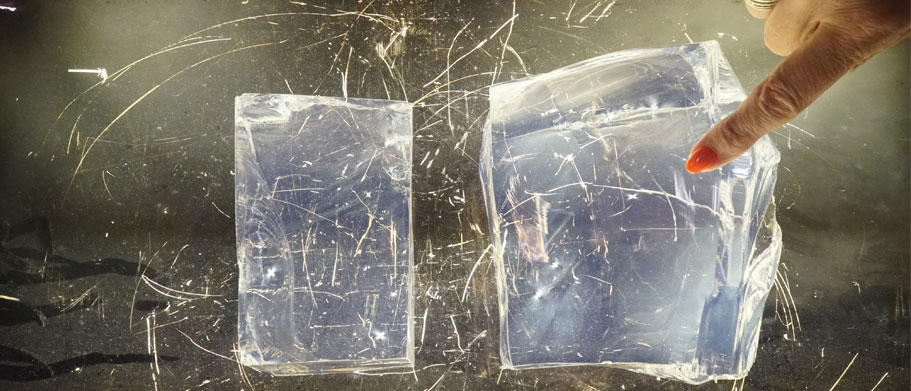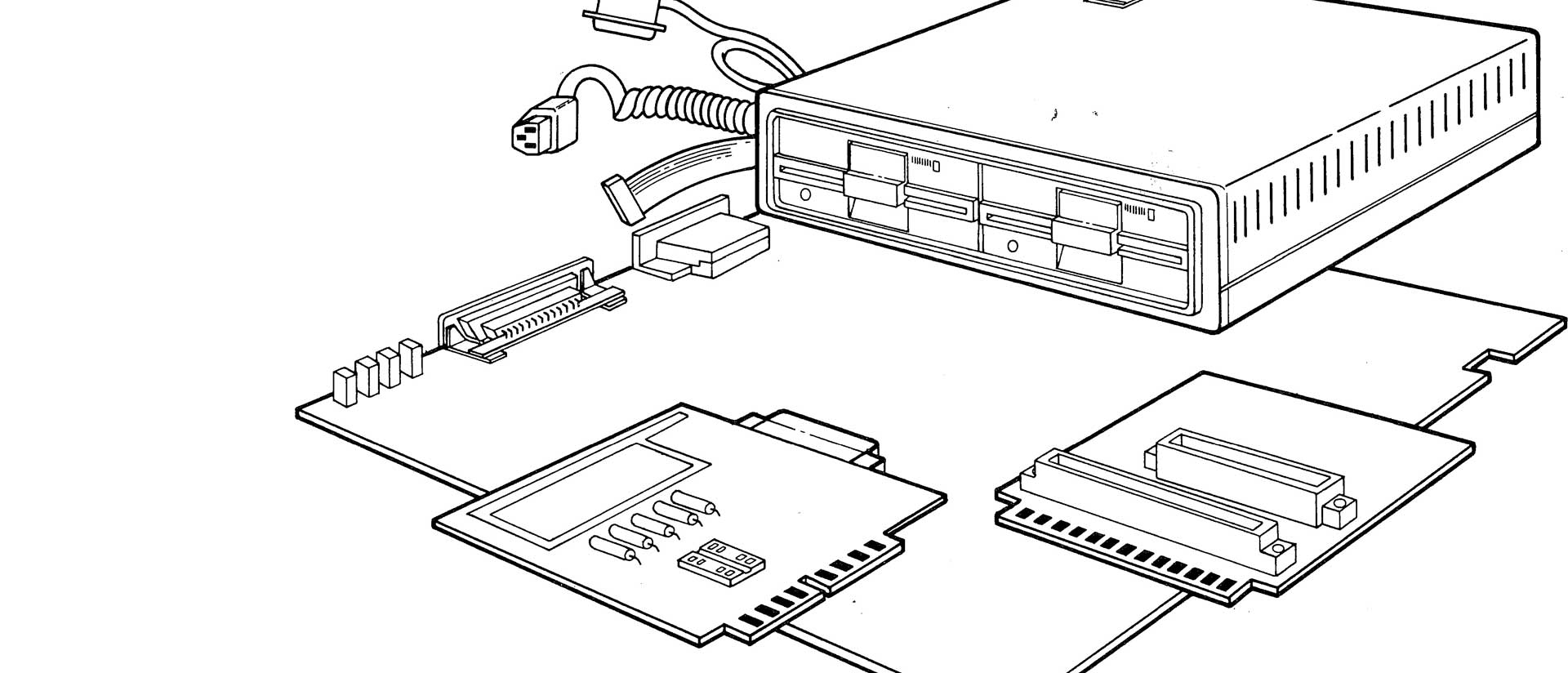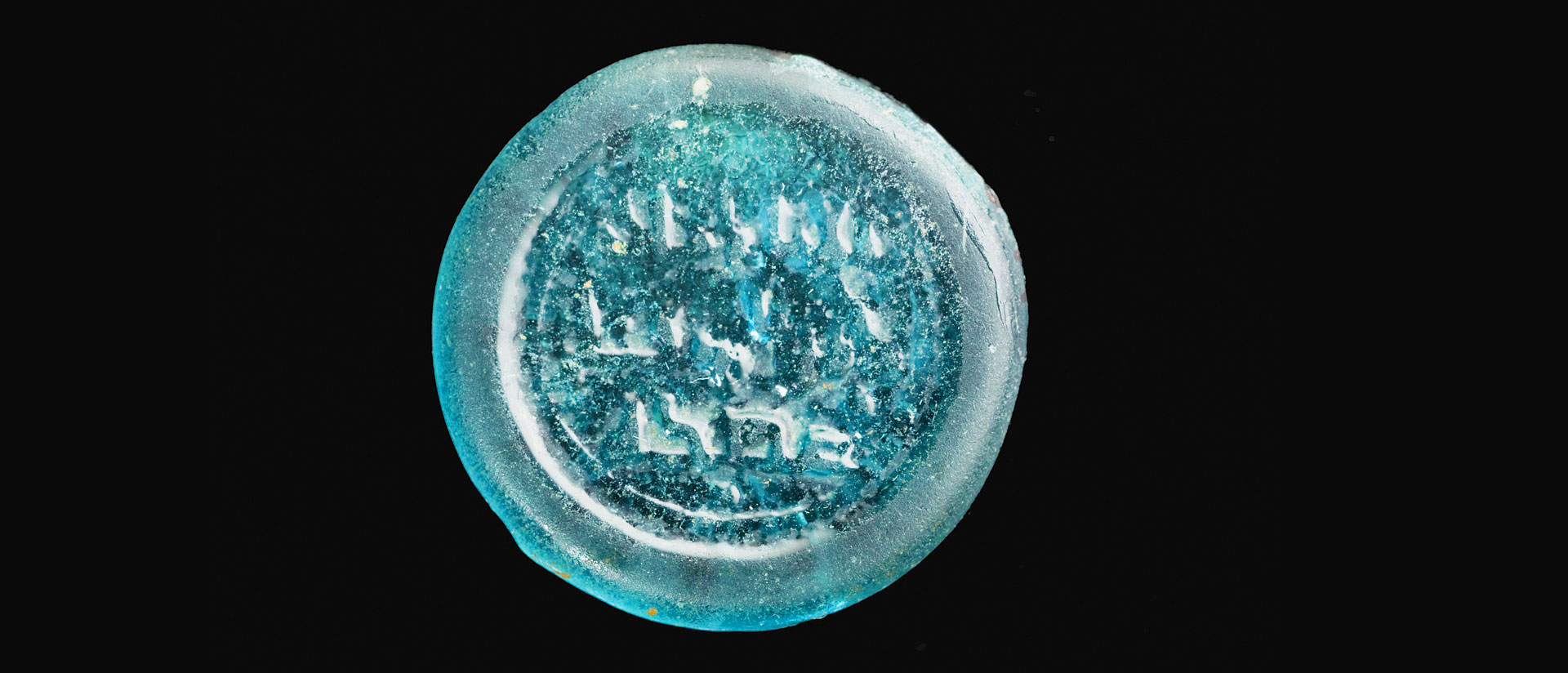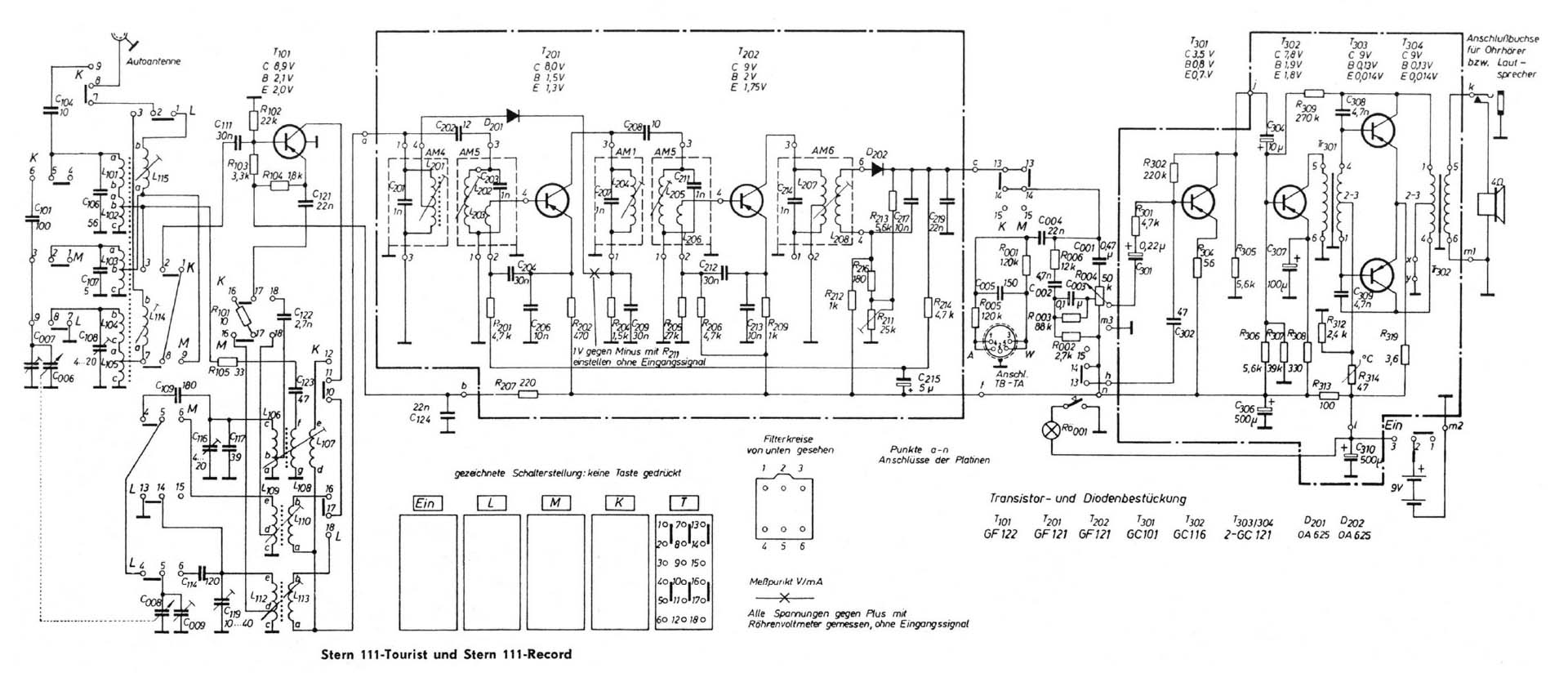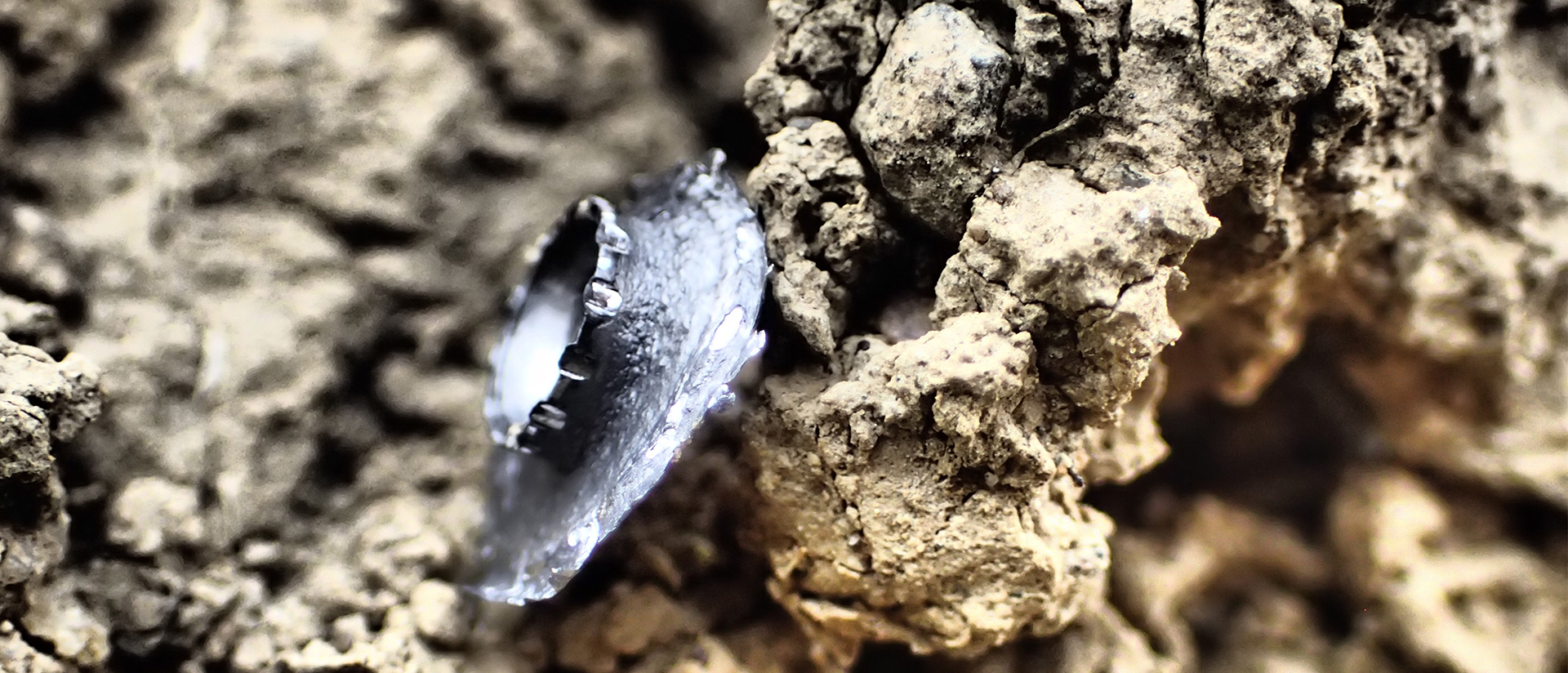
Democratizing Science for Post-Carbon Lithium Futures
by Javiera Barandiarán
As the great recession of 2008 unfolded, lithium-industry consultants speculated about global reserves. Geologist R. Keith Evans argued that lithium was plentiful; technology consultant William Tahil portended a problematic shortage. The price and demand for lithium were rising with consumer interest in personal electric vehicles, prompting business journalists to herald a new “Persian Gulf” focused not on oil, but on lithium. Just as the Persian Gulf has a high concentration of easy-to-access oil, so South America’s high-altitude desert straddling the borders of Chile, Argentina, and Bolivia has multiple cheap-to-access brine lithium deposits. Geographic concentration coupled with the use of lithium in batteries for electric vehicles seemingly justify the comparison with oil. Indeed, a century of oil dependency has accustomed us to this kind of speculation and its political and economic consequences.
In Chile, Argentina, and Bolivia, the Great Recession (temporarily) ended booming sales of copper, gas, oil, and other resources, which had helped bankroll nearly a decade of progressive social policies. Government and industry leaders set their eyes on lithium as the next source of great wealth, and projected onto lithium an array of hopeful futures. The most transformative of these put lithium at the center of a sociotechnical future based on science and innovation. Lithium would, in this view, catalyze new, sophisticated industries rather than replicate age-old extractivism and resource export. Bolivia’s “industrialization with sovereignty” lithium policy of the early 2010s best reflects this perspective. Perhaps the most enduring of these hopeful futures saw lithium as a strategic resource that could renew a nation’s geopolitical power. Proponents of a lithium cartel, most numerous in Argentina, echoed this view, as have policy actors in Chile concerned with expanding mining to defend Chile’s rank as the world’s largest lithium producer.
Inequality and justice concerns drive these hopeful imaginaries, even as they repeat past tropes and reproduce questionable binaries, like winners vs. losers and raw materials vs. value-added goods. Absent was any concern for a local transition to renewable energy or for environmentally responsible development. Yet environmental health must be central, not tangential, when imagining any kind of hopeful post-carbon future. Advancing towards such a future requires holding industry to account, centering the voices of previously marginalized peoples—such as those living near lithium-producing salt flats—and, my focus here: redefining science and its role in democracy.
The world’s oldest brine lithium mines lie in Nevada’s Clayton Valley, Chile’s Atacama, and Argentina’s Hombre Muerto salt flats. Exploration began at all three sites in the early twentieth century and, over the years, led to mining for borates, silver, and other minerals. From the 1960s onward, exploration and mining for lithium has grown. Yet despite this long history of mineral exploration and extraction, scientific research on the environment seemingly stalled. Today, scientists say we lack comprehensive data about the hydrogeology of these places. The exact origins of the lithium and the mechanisms by which it accumulates are contested. Concerned communities wonder about the ecosystem impacts of lithium brine mining, which involves pumping brine from underground, leaving it to evaporate in large ponds for months, and chemical processing. Surely, many locals ask, intensive brine pumping and evaporation will increase aridity, change a salt flat’s morphology, and make survival harder for flamingoes, desert trees, and unique extremophilic brine-based microbes. Without credible answers to such questions, the environmental sustainability of the lithium mining and electric vehicle industries is in doubt.
Despite the long history of mineral exploration and extraction, scientific research on the environment seemingly stalled.
Forty years of lithium mining and a century of mineral explorations in these arid basins should be enough time to develop reliable environmental science about them. One barrier to such efforts has to do with the complexity of these saline deposits; more than one geologist has written that, if these formations did not exist, scientists would not believe they were possible. Beyond some shared characteristics such as aridity and volcanic origins, each salt flat is geologically unique: the number of aquifers, their connectivity and porosity, brine chemistry, and local climates all differ in important ways. Averages don’t exist in a desert; rather, extreme aridity can be punctuated by floods. High heat gives way to freezing nights. The brines are home to microbial life from which we humans might learn a thing or two about survival in environments with high solar radiation, likely to become more common on a warming planet.
Geologists long dominated research in these areas, and their interests lay in mineral exploration. Initially, government-employed geologists and geographers—many with the US Geological Survey, others with various universities or local governments—led the way exploring these sites. Fast forward to recent years, and government-sponsored research has yielded to that allowed by mining corporations. These control scientists’ access to the salt flats. They also collect monitoring and other data that scientists and state authorities rely on for regulation. Yet this data is met with distrust from local communities and national publics disillusioned with government for failing to hold industry to account and with industry for breaking promises (for jobs and good stewardship) while amassing fortunes. Many who live near Chile or Argentina’s lithium brine mines have reported drying wells and fewer flamingoes. As lithium brine operations have dramatically expanded, local residents attribute these changes to intensive pumping and evaporation.
Despite the obvious importance of learning more about these ecosystems, just thirteen academic papers on the environmental impacts of brine extraction for lithium are indexed in the Web of Science database (as of March 2021). A further nine have been published in Science of the Total Environment. Almost all have been published since 2017. Only one, from 1981, discusses the United States; a handful focus on Argentina; more than half are about Chile. A review article in 2018 found that “there is no data to prove or disprove claims that lithium mining companies are drying out the Puna plateau [of Chile and Argentina].” Nevertheless, scattered throughout these articles are statements by scientists acknowledging that intensive brine pumping has caused the level of underground aquifers to fall.
Environmental impact assessments (EIAs), used to regulate industrial activity, are today a major source of publicly available scientific information. Some other government-funded scientific efforts do exist. In the past decade, the US Geological Survey sponsored research in Nevada’s Clayton Valley, which led to a few peer-reviewed publications. In Chile, in response to recommendations by a government-appointed committee of lithium experts, the state agency that manages salt flats funded various reports based on existing and new studies. Unfortunately, these have not been publicly distributed. EIAs, required nearly everywhere worldwide, thus remain an important source of accessible data. EIAs typically require companies to submit environmental studies to state agencies to obtain authorization prior to building a new mine, for example. The studies are vetted by state agencies and affected communities have an opportunity to comment. Based on these inputs, their analysis, and legal requirements, the responsible state agency grants or denies a permit.
In Nevada, Chile, and Argentina the original brine lithium mines predate EIAs, depriving us of baseline knowledge those studies could have established had they been required. EIAs offer the possibility for future societies to hold industries accountable for past environmental damages; had they been required, today we might be using EIAs to hold lithium-brine mines to account for exhausting water. Instead, we will have to make do with recent EIAs, submitted by companies seeking to expand brine extraction. And here lies a major methodological and ideological flaw with EIAs: baseline studies used in EIAs document the present and transform it into the past. This, in effect, normalizes current conditions, which are already deeply environmentally degraded.
In Nevada, Chile, and Argentina the original brine lithium mines predate EIAs, depriving us of baseline knowledge those studies could have established had they been required.
Fisheries scientist Daniel Pauly called this the “shifting baseline” phenomenon, where each new generation of scientists believes current conditions are normal and thus becomes blind to past rounds of degradation. In Atacama and other places with long histories of mining, each new EIA effectively normalizes past rounds of environmental destruction. While for Pauly shifting baselines need to be fixed through renewed scientific efforts, this phenomenon seems to be instrumental to the ideology of modernization: normalizing past destruction effectively erases it and directs society’s gaze to the future, full of hopeful promises for, as with lithium, “industrialization with sovereignty,” geopolitical power, and sound environmental management. Looking to the future, we forget to question the legacies of past rounds of industrialization and move on more easily from the pain of widespread, relentless environmental degradation. Each EIA seems to promise: This time we will be better environmental stewards.
Modern societies will not find it easy to be better stewards, unfortunately. It is a daunting, global challenge to defund and replace fossil fuels with non-carbon-emitting alternatives. The challenge confronts the great power of oil companies, exercised in part through controlling the science of “peak oil,” as political scientist Timothy Mitchell has shown. This includes maintaining uncertainty—for those in the business, profitable speculation—about how resource estimates are calculated. Lithium, as noted above, has likewise been the subject of such speculation. Governments in the United States, Chile, Argentina, and Bolivia appear wedded to the moniker of “strategic minerals” that promise, again in the future, either political glory or the threat of crisis.
But lithium is also profoundly different from oil: consumers insisting on an individual automobile would buy it once a decade (with a car battery included), not daily at a gas station, thus lowering the political stakes of everyday global flows. Its market is opaque; lithium is not publicly traded and is pumped from underground by relatively unknown companies. These traits make lithium a poor substitute for money, unlike oil. For now, lithium’s symbolic value outweighs its economic value.
Lithium is profoundly different from oil: consumers insisting on an individual automobile would buy it once a decade, not daily at a gas station.
There are opportunities to make the lithium industry—and indeed all industries needed for a post-carbon future—different from those that have remained so committed to causing climate change, toxic pollution, and environmental degradation. Redefining knowledge production is one of many necessary steps in realizing those opportunities. In Chile’s Atacama, for example, local communities since 2018 have been generating their own studies and maps of the salt flat to create accessible knowledge they trust. They are also demanding that recently granted EIA permits be revoked, because they authorize increased water-use even though the watershed is officially “exhausted,” according to state authorities. Every EIA needs to recognize legacies of environmental degradation to make visible the ongoing and multiple threats to ecosystems from all industrial activities in an area. In Atacama, lithium mining is compounding problems that have been building for decades from large copper mines, unrestricted tourism, and poor urban infrastructure. The impacts of lithium extraction cannot be assessed in isolation.
Redefining knowledge production needs to deepen democracy. The twentieth-century alliance between science and the state—central to modernization theory, as seen in EIAs’ firm view towards the future—is giving way to a market model. Like water, carbon, and so much else in modern society, scientific knowledge today is becoming increasingly privatized. It is treated as a commodity to be purchased through a market in which consultants and scientists compete. Neither modernization nor the market model create a scientific practice that is accountable to broad publics, permeable to their needs and concerns, and also authoritative and credible. A hopeful, post-carbon future needs to grow from an ethic of environmental stewardship, the right to credible information, and repaired relations between science, society, and democracy.
Image: NASA



